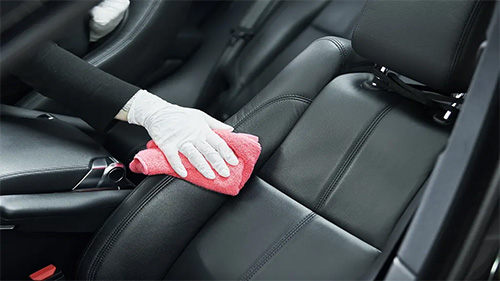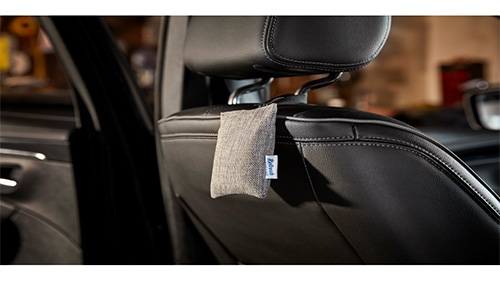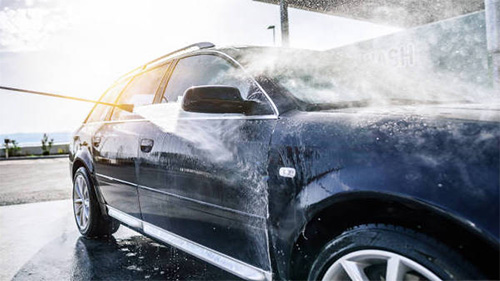How to Prevent Leather Seats from Cracking?

There’s nothing quite like the feel of smooth leather beneath you when you slide into your car. Leather seats elevate a vehicle’s style, comfort, and resale value—but only if they’re well maintained. Over time, many drivers find their once-supple leather seats becoming brittle and cracked. The good news? Cracking leather isn’t inevitable. With the right care, you can preserve your car's interior and enjoy that luxurious look for years.
Leather is a natural material, and like skin, it needs moisture and protection. When exposed to sun, heat, dirt, and daily wear, the leather can dry out and lose its elasticity. Cracks form when the surface becomes too dry and can’t stretch without breaking. Understanding the causes helps you take preventive steps before damage becomes visible.
1. Shield from Sunlight and Heat
UV radiation is one of the main causes of cracked leather seats. In addition to fading the leather's color, sunlight dries it out. Use a windshield sunshade or park in the shade whenever you can. To reduce heat accumulation inside your car, think about getting window tints or auto coverings if you reside in a sunny area.
2. Regular Cleaning is Essential
Dust and dirt particles are abrasive. When they settle into your seats, they slowly wear down the leather fibers. Use a vacuum with a soft brush to remove debris, and clean the surface regularly with a damp microfiber cloth. Choose a leather-safe cleaner every few weeks to gently lift grime without stripping natural oils.
3. Condition Frequently
Conditioning is the most effective way to prevent leather from drying out. Leather conditioners restore the oils that keep the material flexible and resistant to cracking. Apply a high-quality conditioner every 2–3 months—or more often if you live in a dry or hot climate. Follow the product's directions at all times, and start with a small area for testing.
4. Avoid Harsh Products
Leather can be harmed by alcohol, ammonia-based sprays, and household cleansers. Be sure to use moderate, pH-balanced products designed especially for car leather. Inappropriate cleaning agents may speed drying or discolor surfaces.
5. Address Spills and Stains Promptly
Leather may become discolored or harmed by liquids that remain on it for an extended period of time. Spills should be cleaned up right away using a fresh cloth. Use the suggested leather cleaner for tough stains, being careful not to scrape too vigorously.
6. Don’t Overload the Seats
Heavy or sharp objects can stretch, puncture, or permanently deform leather seats. Use seat covers when transporting items, and remind passengers to avoid sitting with objects in their back pockets, like keys or tools, that could dig into the surface.
7. Maintain a Moderate Interior Temperature
Extreme temperature changes can accelerate wear. If you live in an area with cold winters or hot summers, invest in climate-control systems or leather-safe seat covers to buffer your seats from harsh conditions.
Protecting your leather seats doesn’t require a lot of effort—just consistency. With regular cleaning, conditioning, and smart habits, you can keep your car’s interior looking and feeling like new. After all, a well-maintained cabin isn't just about comfort; it's a reflection of your car’s overall care. Take a few simple steps now, and enjoy the benefits of elegant, crack-free leather for the long road ahead.







